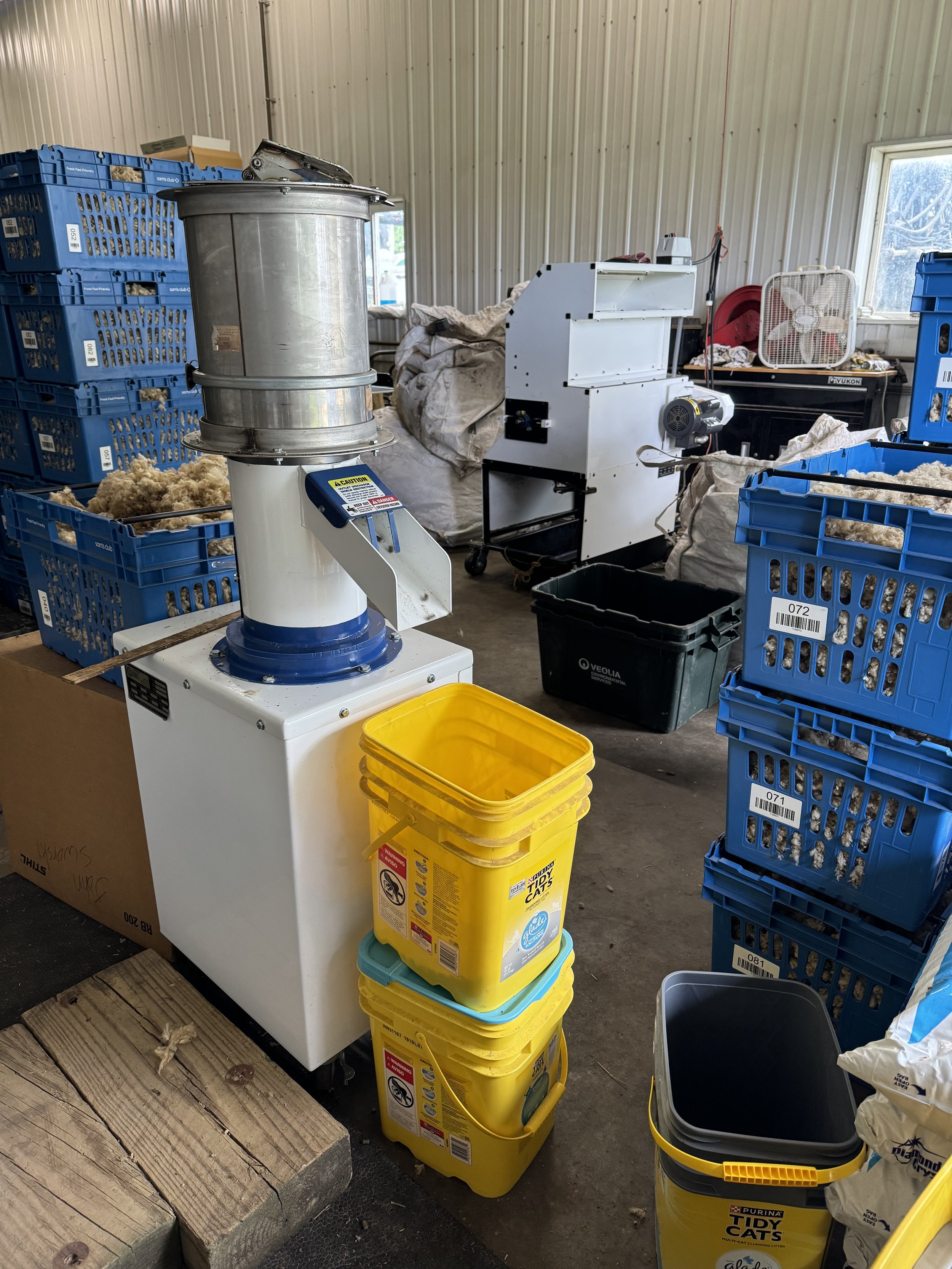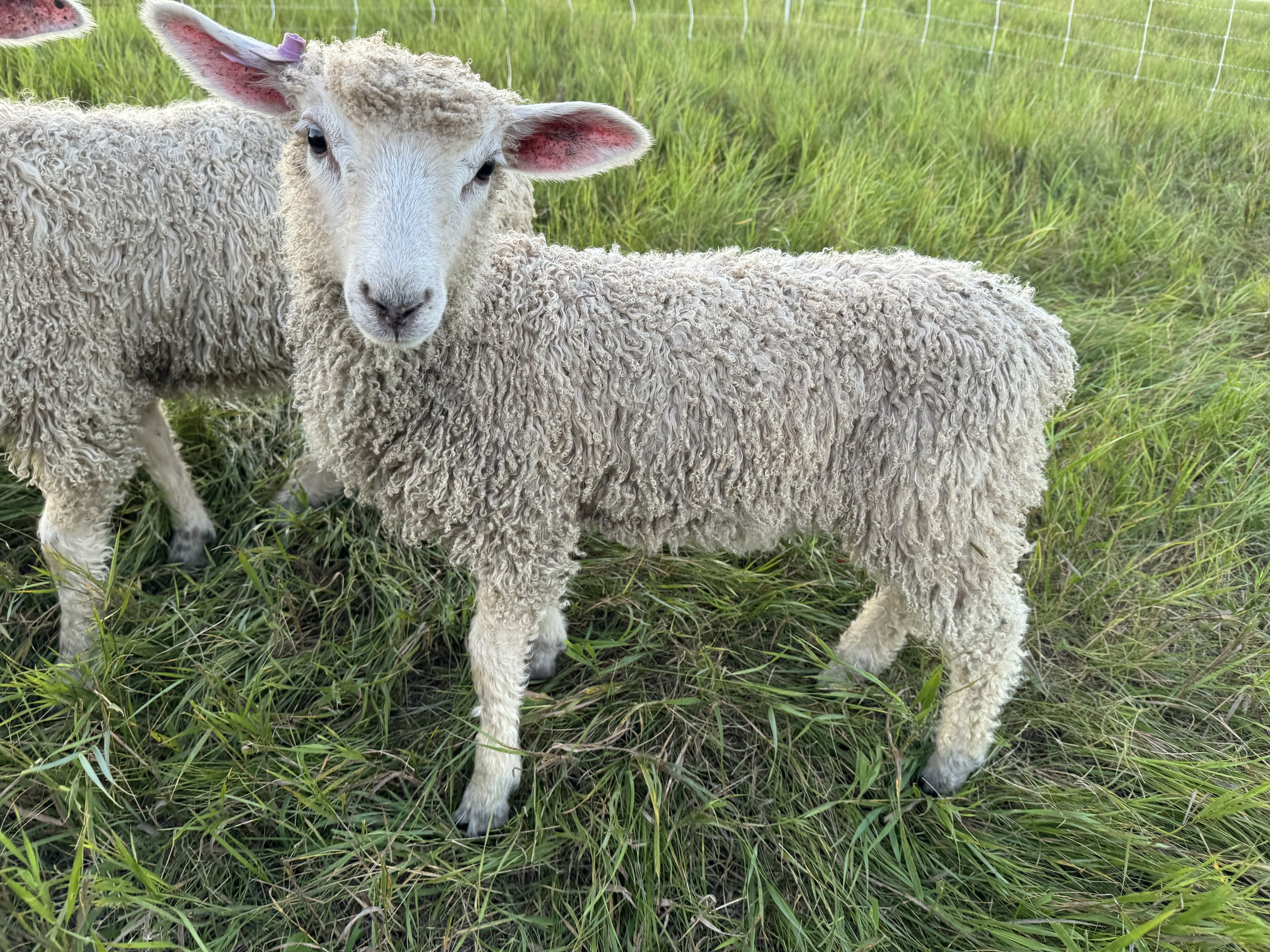
FAQ’s about using Woolly Belly Pellets
Inside, outside, in pots, the garden or a field, the following are our most common questions.
Contact us if you still have questions!
How much does a 1 lb or 2 lb bag cover? The general answer is to mix 1/2 cup of pellets with a gallon of soil or soil mix. Use this ratio when planting pots, hanging baskets or other containers. In this situation, you do not need to wet the pellets when mixing with the soil. Make sure the pellets are not sitting on top of the soil in the pot or container or once you water you will see the wool. Get those pellets under the soil for them to do all the great things they can do!
Seed Starting: If you have a seed starting mix recipe, replace the peat moss with pellets. Wetting the pellets a bit to fluff them up before mixing with your seed starting soil is recommended. Don’t have a favorite seed starting recipe? Use 3 parts of a peat free soil mix with 1/2 part of wool pellets slightly wet and pre-fluffed.
Do you have a garden and want to use pellets? Here are your options. Till pellets at a 2-3% volume rate or estimate 1 lb for every 30 square feet. Another option is to grab a 5 gallon bucket, add some soil, mix 1/2 cup to gallon ratio and use this to back fill around your seedlings. If you are planting seeds, open up your row and sprinkle pellets down the row mixing them in with the soil.
Indoor plants: Have plants already planted? Sprinkle pellets around the top of the plant and push them in with a pencil. Use the 1/2 cup per gallon of soil ratio when you repot your plants.
What is the pH of wool pellets? Around the world, different pellet making companies and those studying pellets have found the pH to range from 7.02- 8.8 (contact us if you would like the studies from this). If you are a wool fiber person and do natural dyeing, some studies have shown that the pH of wool fibers can be a bit lower than the above numbers and more in the range of 4.5-6.5 pH. Overall, don’t use wool pellets around acid loving plants such as blueberries, azaleas, hydrangeas, or magnolias.
How do wool pellets compare to peat moss? Peat moss has a pH between 3-4. (See right above for wool pellets.) While peat moss claims to hold 10 times its weight in water, wool holds at least 3 times its weight in water or more. Wool is renewable, all natural, and environmentally friendly. Peat moss is not renewable and not environmentally friendly. It took thousands of years for a peat moss bog to develop. Digging up a thousand year old bog releases lots and lots of carbon and does NOT help the local environment with water retention. Leave those peat moss bogs alone and use wool pellets instead. Put carbon back into the earth by using wool pellets. It’s a win-win with wool!
Why are some of the pellets different colors? Different sheep have different colors of wool and the pellets reflect those color differences.
Where and why would I use just shredded wool? Shredded wool can be used as a mulch around plants for a weed barrier. Have a slug issue? Slugs also have an issue with wool fibers. They do not like to walk on wool. Surround a plant with Shreds and help protect it from slugs. You may also use a ring of pellets.
What about any seeds that might be in the wool? The pelleting process heats up the wool to over 170 degrees Fahrenheit which will kill seeds. Most seeds are destroyed at temps less than 120 degrees Fahrenheit.

“Woolly Belly Pellets are one way to support breeders of heritage sheep. Having another outlet for our wool brings in another revenue source which helps cover the costs of raising sheep. Cotswold sheep are on the “threatened” list of the Livestock Conservancy.”
— Beth Ivankovic, Shepherd and co-owner of Woolly Belly Pellets.
Picture of a Cotswold Lamb